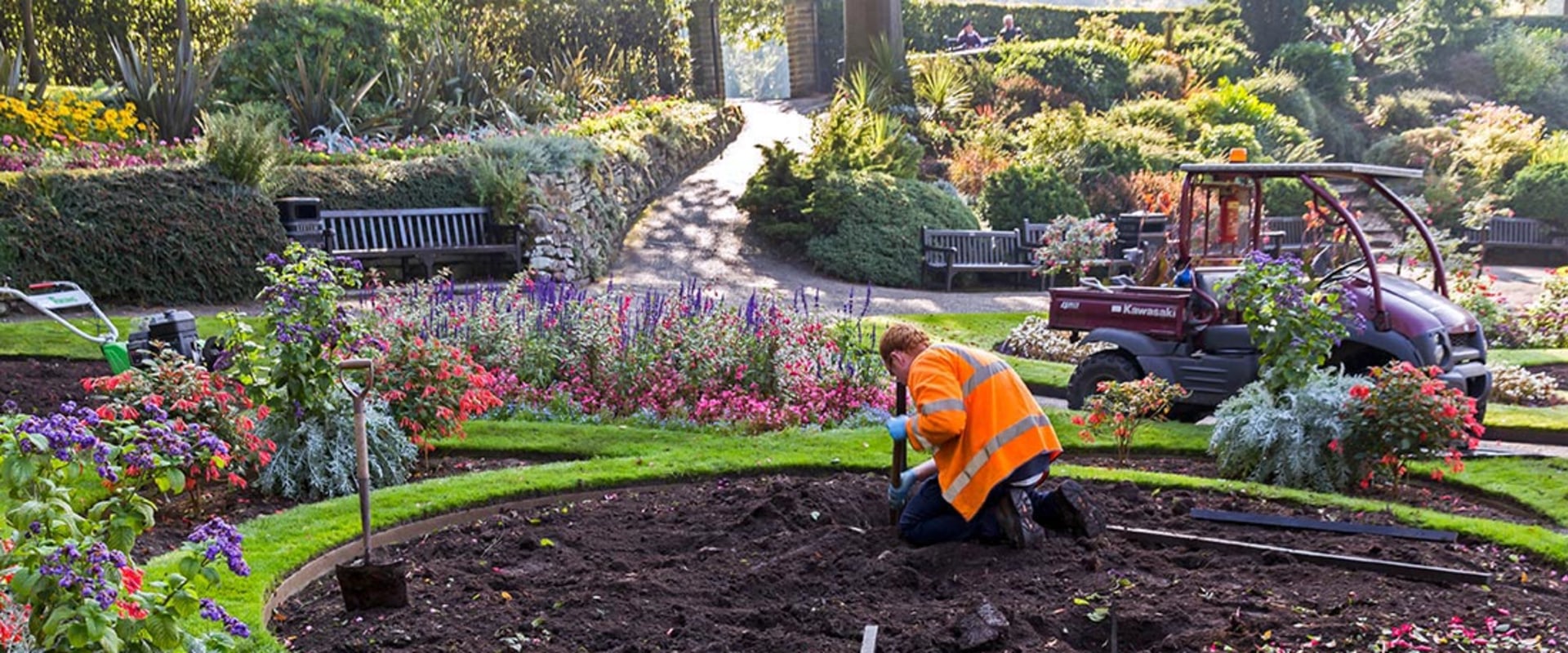Landscapers play a crucial role in shaping outdoor spaces, combining technical expertise with creativity to enhance the aesthetics and functionality of properties. Their work spans residential, commercial, and public spaces, and their responsibilities often go beyond planting and maintaining greenery. Whether transforming a backyard into a tranquil oasis or maintaining large commercial properties, landscapers bring significant value through their diverse skill sets and hands-on expertise.
Responsibility One: Designing and Planning Landscapes
One of the primary responsibilities of a landscaper is designing and planning outdoor spaces. This process begins with understanding the client’s vision and evaluating the property’s unique features, such as soil type, drainage, and sunlight exposure. Landscapers must balance aesthetics with functionality, creating layouts that enhance the property while ensuring sustainability and practicality. They may use design software to create detailed plans, select suitable plants, and incorporate hardscape elements such as patios, pathways, and retaining walls. Effective planning ensures the project not only meets the client’s expectations but also aligns with environmental considerations and local regulations.
Responsibility Two: Planting and Maintaining Greenery
Planting and maintaining greenery is a core responsibility for landscapers. This involves selecting appropriate plants based on the local climate and soil conditions and ensuring they thrive through proper care and maintenance. Tasks such as pruning, fertilizing, and pest control are essential to keeping landscapes healthy and visually appealing. Landscapers also manage irrigation systems to ensure efficient water use and avoid over- or under-watering. For commercial properties, this responsibility often extends to maintaining vast lawns, flower beds, and ornamental trees, ensuring the area remains inviting and professional year-round.
Responsibility Three: Managing Outdoor Structures and Property Features
In addition to plants, landscapers are responsible for maintaining and repairing outdoor structures and property features. This includes tasks like cleaning patios, repairing fences, and ensuring that drainage systems function correctly. On larger properties, landscapers may collaborate with other professionals to address structural issues that could impact the landscape. For example, during routine maintenance, a landscaper might identify issues such as roof runoff affecting garden beds, which would necessitate a roof inspection to prevent further property damage. By addressing these interconnected aspects, landscapers help preserve the integrity and value of the entire property.
Conclusion: The Multifaceted Role of a Landscaper
The responsibilities of a landscaper extend far beyond planting flowers and mowing lawns. From designing and planning outdoor spaces to maintaining greenery and managing property features, landscapers are skilled professionals who combine technical knowledge with creativity to enhance outdoor environments. Whether addressing the aesthetics of a garden, ensuring efficient water use, or coordinating with other professionals to handle issues like a roof inspection, landscapers play a vital role in property care and improvement. Their work not only beautifies spaces but also contributes to environmental sustainability and the overall value of a property. For those seeking a career in this field or looking to hire a landscaper, understanding these responsibilities underscores the importance of their work in creating harmonious and functional outdoor spaces.



